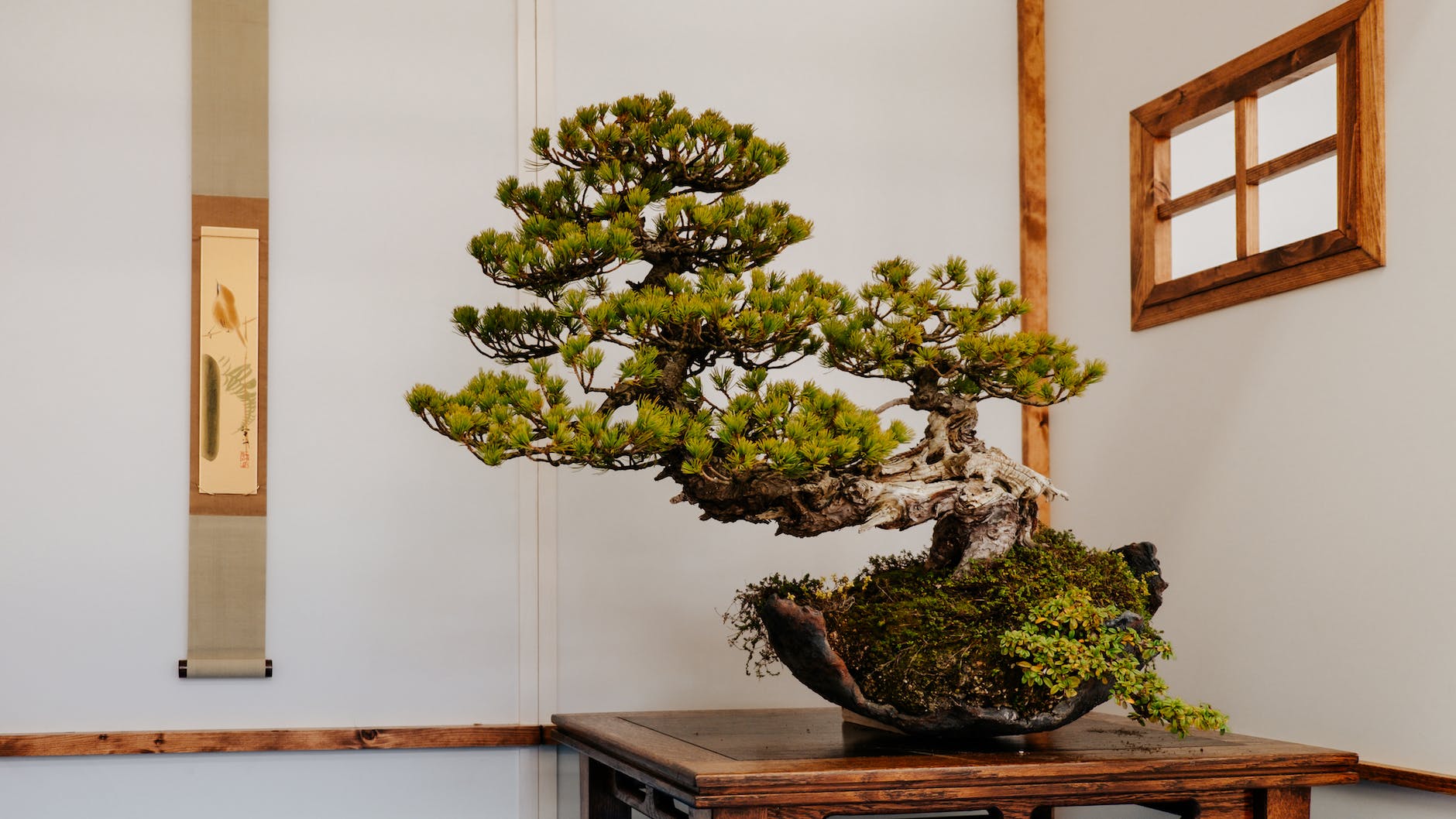bonsai tree species spotlight: discovering the beauty of different varieties, everything you need to know
What is a Bonsai Tree?
The art of bonsai is a centuries-old practice that involves cultivating and shaping miniature trees. Bonsai trees are not genetically dwarfed; instead, they are carefully pruned and trained to maintain their small size. The artistry of bonsai lies in creating a natural-looking miniature tree that reflects the beauty and grace of its full-sized counterparts.
Bonsai cultivation requires patience, skill, and a deep understanding of horticulture. Bonsai enthusiasts, also known as bonsai artists or growers, carefully nurture their trees, paying attention to every detail from the tree’s shape to its root system. The miniature trees are typically grown in pots or shallow containers, which help restrict their growth and mimic the conditions of their natural environment.
The beauty of bonsai lies in its ability to capture the essence of nature in a small space. The carefully pruned foliage, the intricately shaped trunk, and the carefully crafted pot all come together to create a living work of art. Bonsai trees evoke a sense of contemplation and harmony and are often associated with balance and serenity.
How to Care for a Bonsai Tree?
Proper care is essential for the health and longevity of your bonsai tree. One of the most important aspects of bonsai care is pruning. By selectively pruning branches and foliage, you can shape your bonsai and promote new growth. It is essential to use sharp, clean tools and to prune during the tree’s active growing season to minimize stress and ensure proper healing.
Foliage management is another crucial aspect of bonsai care. Regularly thinning out the foliage helps to maintain the tree’s aesthetic balance and allows light and air to reach the inner branches. Additionally, monitoring the moisture levels of the soil and providing the appropriate amount of water and nutrients are essential for the bonsai’s health.
Repotting your bonsai tree is necessary every few years to prevent the root system from becoming pot-bound. During the repotting process, the tree is carefully lifted from its pot, and a portion of the root ball is pruned to encourage new growth. The tree is then replanted in fresh soil and given time to acclimate to its new environment.
Exploring Different Bonsai Styles
Bonsai trees are often styled to mimic the beauty of trees found in nature. The upright style is one of the most common bonsai styles, with the trunk rising vertically and the branches radiating outwards in a balanced manner. This style is ideal for showcasing the tree’s graceful form and symmetry.
The cascading style is characterized by a trunk that appears to cascade downwards, resembling a tree growing down a slope or cliff. This style is visually striking and conveys a sense of movement and dynamic energy.
The windswept style aims to mimic the effects of strong winds on a tree. The trunk is bent and twisted, and the foliage is swept to one side, giving the impression of a tree that has endured harsh weather conditions. This style is often used to convey a sense of resilience and strength.
Understanding Bonsai History and Culture
The art of bonsai originated in China over a thousand years ago and was later adopted and refined by the Japanese. In Japan, bonsai became deeply intertwined with traditional culture and art forms, such as tea ceremonies and flower arrangement.
Japanese bonsai traditions emphasize the importance of creating natural-looking bonsai that reflect the beauty of the natural world. Over the years, various styles and techniques have emerged, each with its own unique characteristics and aesthetics.
The evolution of bonsai styles has been influenced by cultural shifts and artistic movements. Today, bonsai is appreciated and practiced by enthusiasts all over the world, with each region developing its own distinctive bonsai style.
Popular Bonsai Tree Species
Pine bonsai trees are a popular choice among bonsai cultivators. They can withstand harsh conditions and can be grown in a variety of styles. The pine bonsai’s distinctive needles and rugged bark add to its appeal.
Juniper bonsai trees are known for their ability to thrive in harsh environments. Their dense foliage and gnarled trunks make them ideal candidates for bonsai cultivation. Juniper bonsais can be shaped in various styles and are often associated with longevity and strength.
Maple bonsai trees are beloved for their vibrant autumn colors. The delicate foliage and graceful branches of the maple bonsai make it a favorite among bonsai enthusiasts. The maple bonsai can be styled in both formal upright and cascade styles, among others.
